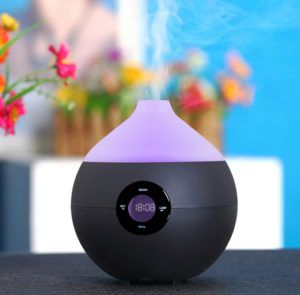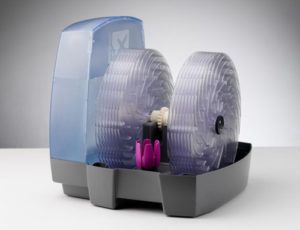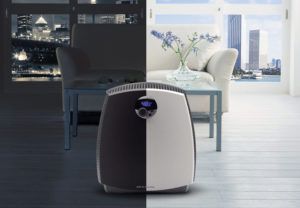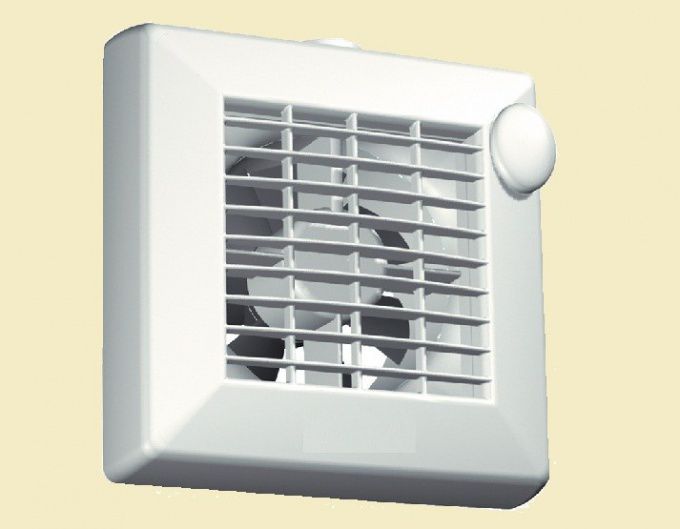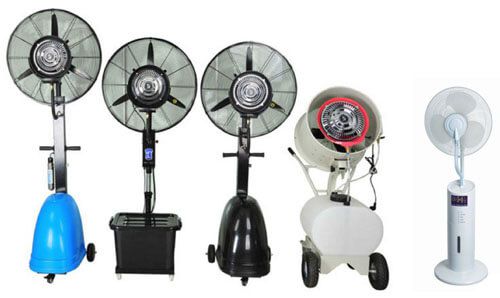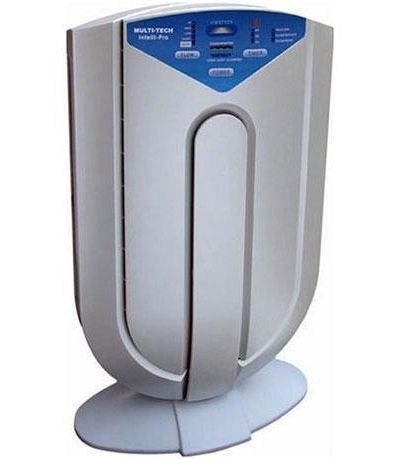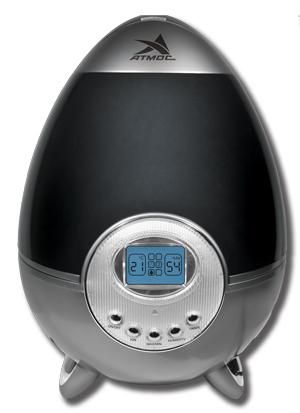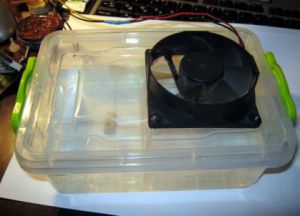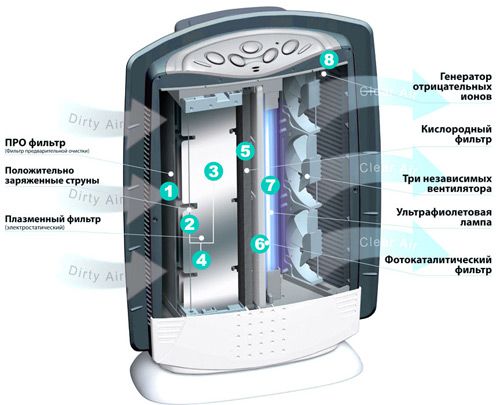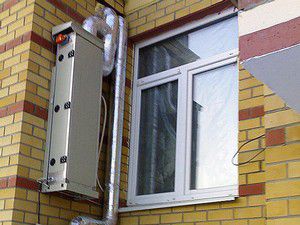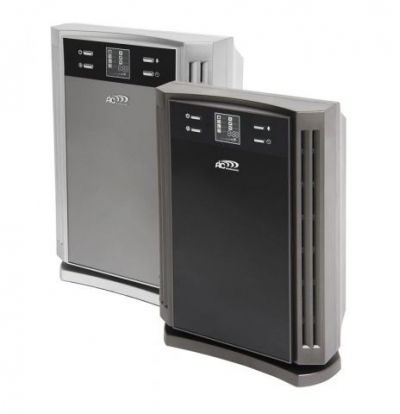In the past few years, a certain trend has become noticeable - humidifiers and air washers are becoming fashionable. There are various devices with their own characteristics, pros and cons; the consumer needs to understand this abundance well before choosing and buying a device.
Despite the fact that washers and humidifiers have the same purpose, there is a difference between them; according to user reviews, it can be understood that washing is an order of magnitude more effective in humidifying and purifying the air in comparison with humidifiers.
Air humidifiers: types and features
Since in urban conditions the humidity does not always correspond to the norm of 40-60%, experts have developed devices that can saturate the air in the living space with moisture.
There are three types of humidifiers:
- traditional. In this type of devices, water through a special reservoir goes to replaceable filters, through which the air mass is driven, moistening. At the same time, there is minimal dust removal - the largest fractions are captured. A traditional humidifier has its drawback - noisy operation, which interferes with sleep at night;
- steam. Boiling water occurs; turning into steam, it moisturizes the space of the room. But steam humidifiers have many disadvantages: noise during operation, high energy consumption, does not distribute humidified air evenly throughout the room, forms condensation, harmful to wood, plaster, etc. The steam from boiling is hot: it can burn, there is also a risk of waterlogging the room;
- ultrasonic. Such humidifiers are considered to be the most modern; in them, water is converted into steam using a membrane vibrating from ultrasound. Its advantages are that it works almost silently, it is possible to adjust the humidity, some models are capable of heating and disinfecting water. The disadvantage is the need for careful care: you need to use distilled water, change cartridges (filters) regularly and on time, etc.
Air cleaning: functions and benefits
This device has the following features:
- in addition to humidification, it cleans the air mass;
- ensures its constant recirculation;
- gives a natural level of moisture, excluding waterlogging.
There is an opinion that the sink, in principle, can be called the best air humidifier; it is necessary to understand this in more detail.
Moisturizing and cleansing function
A similar process occurs during the operation of the sink: by passing the air mass through the built-in filters, the device retains dust, dirt, pollen, wool, etc. Moisture makes dirt heavier, and it loses its ability to float, settles in a special tank with liquid or - speaking of smaller particles - on the room floor. The size of the dirt, which is "caught" by the filter elements of the device, depends on their throughput.
Due to the deposition of dust in the device and repeated "running" of air through the filters, its purity is ensured.This is a great advantage for allergy sufferers: for people who react to dirt, pollen, fungal spores, etc., washing is an excellent solution! It is also a plus in terms of maintaining the premises - the dust that can settle on things even in the most inaccessible places is simply captured by the device.
The principle of operation of humidifiers can also be understood by the name - they moisturize; these devices (both steam and ultrasonic types) are not designed for high-quality air purification.
If you give the sink the exact name, then it can be called a humidifying air purifier - so the function of the device will be described as clearly as possible.
Continuous recirculation function
Due to its work, the device is able to distribute humidified air in the room evenly; a conventional humidifier moisturizes the space immediately around it.
This effect is provided by a special fan built into the design of the device. She constantly passes all the room air through herself. Therefore, sinks must be chosen specifically for the area of the room - so that the entire volume of the air mass passes through the device twice per hour. So it will be cleaned of dirt and normally moisturized, without feeling stagnant.
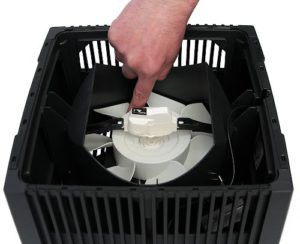
A high-quality device ensures efficient moisture consumption and uniform humidification. For example, in a situation with humidifiers, sometimes it seems that no humidification occurs, although the water itself is leaving. There are several reasons for this:
- the distribution of moisture over the volume of the room is not so effective in comparison with sinks;
- to normalize humidity at the very beginning, it takes a week or two of continuous operation of the humidifier in the room.
What happens at this time? In fact, moisture in space appears after it is absorbed into the surrounding things - walls, wooden furniture, flooring, carpets, etc. This takes a very large amount of moisture. As soon as this happens, the humidifier will begin to enrich the air itself.
Sinks can spend from 5 to 20 liters of water per day - all of it will evaporate into the surrounding space! Air exchange takes place between the rooms of the apartment, masses come in that need to be saturated with moisture.
Since things are also saturated with moisture, the presence of fans in the sink (the ability to uniformly distribute moisture in the room) is an additional plus. Moisture does not concentrate in one place, does not create condensation and does not oversaturate nearby objects, walls and plaster, that is, it is better from the point of view of the safety of things.
Natural moisturizing function
A feature of the air is used - it always tries to come to its equilibrium state, in which the humidity is about 50%: a level that is normal for human life. This is called relative humidity, and it depends on the temperature: the hotter, the higher the temperature, the more water is needed to maintain that humidity level, and vice versa.
Therefore, in winter, the outside air seems humid, but in fact it is dry at room temperature (if on a frosty street it is about 60-80%, then in warmth it is no more than 20%).
Constantly passing through the device, the air mass receives the required amount of moisture, finding its equilibrium state - 50% optimal for a person. In this case, waterlogging is simply impossible. Thus, sinks use the simple laws of nature to ensure their efficiency; there is simply no need for additional equipment and sensors. Thanks to this, condensation does not occur and there is no effect of high humidity, as in the equatorial jungle.
To maintain efficient operation, it is sufficient to simply add water to the tank of the machine on time.
What is the bottom line
Everyone chooses a device for their needs and capabilities. A sink, although it is considered better, is more expensive and larger in size, in a small room it can take up an unreasonable amount of space, and in this case it is optimal to choose a compact air humidifier.
Comparing models of humidifiers and sinks, we can say that the working properties of the latter are better. Basically, a sink is an enhanced version of a humidifier. By its ability to cleanse, humidify and distribute air, this device is much more efficient.

